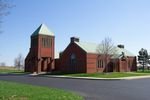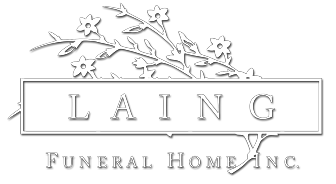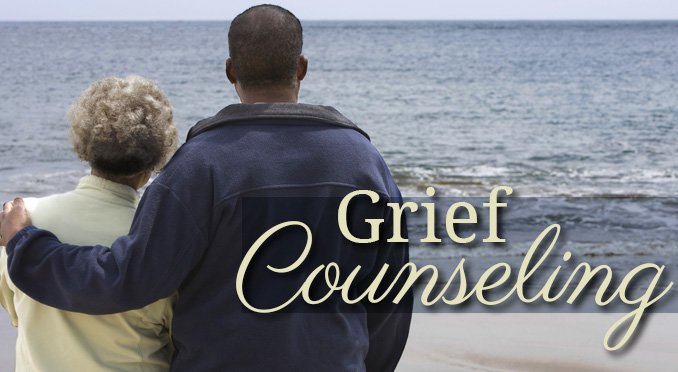Cremation Services
Cremation is an alternative to the burial process and it is chosen by many people because of religious beliefs, the desire to preserve the environment or it was requested by the person who died. Cremation is also a less expensive option in comparison to a burial. Cremation is not an alternative to a funeral, but rather an alternative to burial or other forms of disposition.
Cremated remains can be scattered or buried, or they may be kept with the family in a decorative urn. There are many new and different ways to dispose of ashes today, cremated remains can be placed in an artificial coral reef in the ocean, they can be launched into space or sent up in helium balloons, or they can be spun into glass pieces of art or diamonds.
We are proud to be associated with the finest crematory in Western New York. You can be reassured your loved one will be treated with the highest level of care available. Your loved one is treated with dignity and respect as if they were here at the Laing Funeral Home Inc.

Pine Lawn Chapel and Crematory

The process begins at the crematory office within the Pine Lawn Chapel and Crematory, located on Harlem Road, just north of Genesee Street. Here a Mount Calvary Cemetery staff member meets the funeral director and accepts the necessary releases and permits for the cremation.
Delivery

The hearse is brought into the crematory at the north end of the building, and the human remains are transferred from the hearse to a transfer cart.
Transfer

The transfer cart with the human remains is then moved into the retort room.
The Retort Room

The retort is the chamber in which the cremation takes place. Each retort is only large enough for one cremation container at a time.
The Retort

The human remains are then transferred to the retort, which is heated to 1600 degrees Fahrenheit. This high level of heat produces the state of extreme dehydration and evaporation, which causes the composition of the body to be reduced to ashes and bone fragments. This step in the cremation process takes approximately three hours.
Collection

After the cooling period of approximately 3 hours, the cremated remains are pulled forward into a collection tray for removal from the retort. Any non-combustible materials, such as metal, which could not be reduced during cremation, are separated and removed. Magnets are used to facilitate this process.
Processing
The remaining bone fragments are then mechanically processed into fine particles. Cremated remains for the average adult weigh from four to eight pounds.
The cremated remains are then placed in an urn or temporary container, depending on the family's plans for memorialization. The total time necessary for the entire cremation process is approximately five to seven hours.
Cremation Frequently Asked Questions
What is Cremation?
Cremation is the process of reducing the human body to bone fragments using high heat and flame. Cremation is not the final disposition of the remains, nor is it a type of funeral service.
Is a casket needed for Cremation?
No, a casket is not required, most states require an alternative container constructed of wood or cardboard, however, in some states no container is required.
Is embalming required prior to cremation?
No. In fact it is against the law for a funeral home to tell you otherwise.
Can the body be viewed without embalming?
Yes, Mount Calvary Cemetery Group allows immediate family members to briefly view the deceased prior to cremation.
Can the family witness the cremation?
Yes they can; Mount Calvary Cemetery Group will allow family members to be present when the body is placed in the cremation chamber. Some religious groups even include this as part of their funeral custom.
Can an urn be brought into church?
Nearly all Protestant Churches allow for the urn to be present during the memorial service. Most Catholic Churches also allow the remains to be present during the Memorial Mass. It is encouraged that cremated remains be a part of a funeral as it provides a focal point for the service.
What can be done with the cremated remains?
While laws vary state by state, for the most part remains can be buried in a cemetery lot or a cremation garden, interred in a columbarium, kept at home or scattered.
What do the cremated remains look like?
Cremated remains resemble coarse sand and are whitish to light grey in color.
Do I need an urn?
An urn is not required by law. However, an urn may be desired if there is to be a memorial service or if the remains are to be interred in a cemetery. If an urn is not purchased or provided by the family, the cremated remains will be returned in a temporary plastic container.




